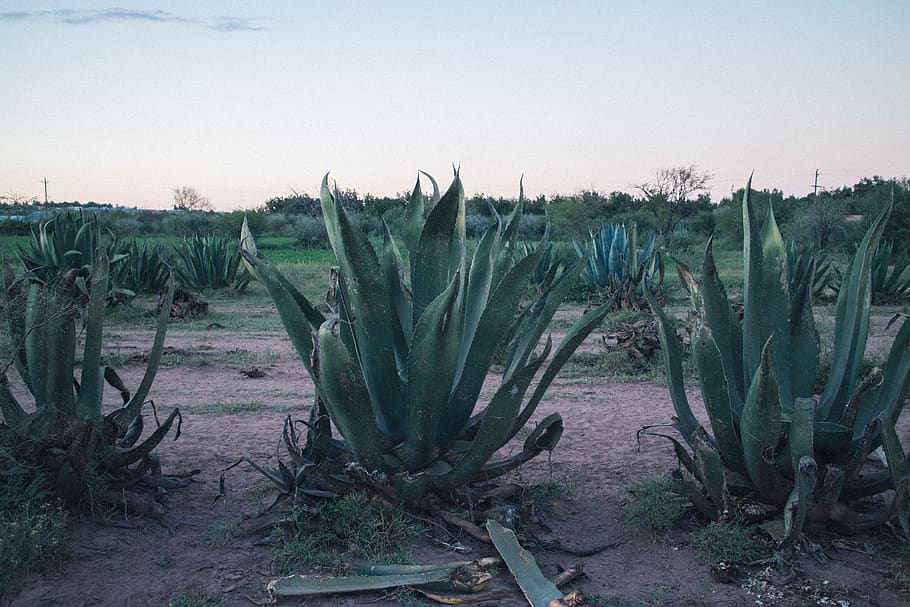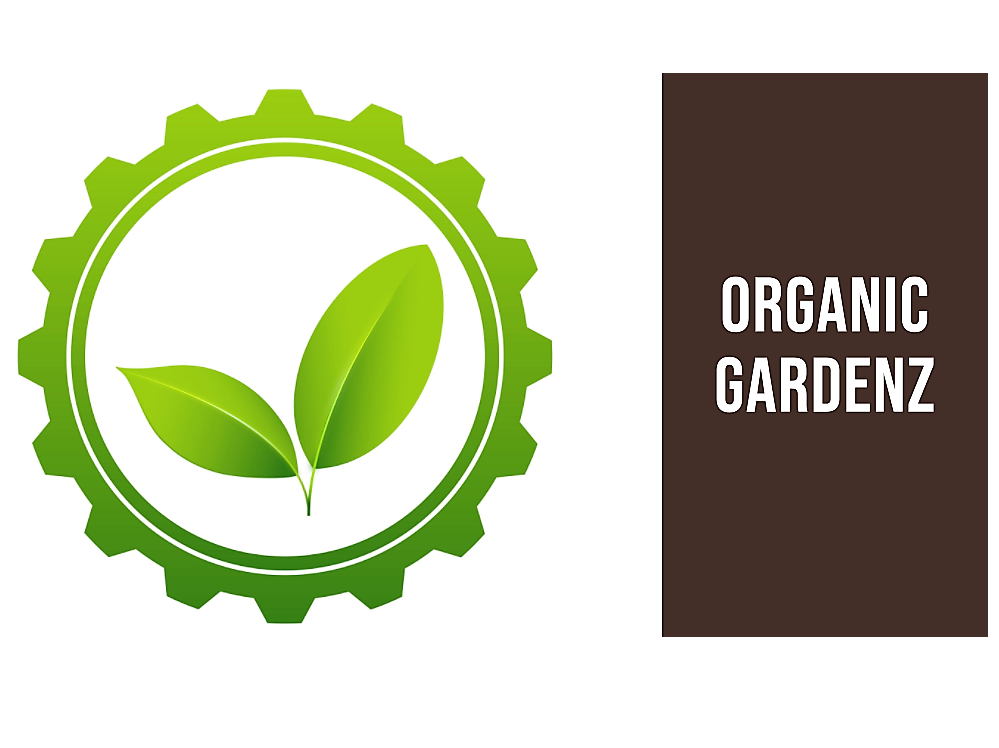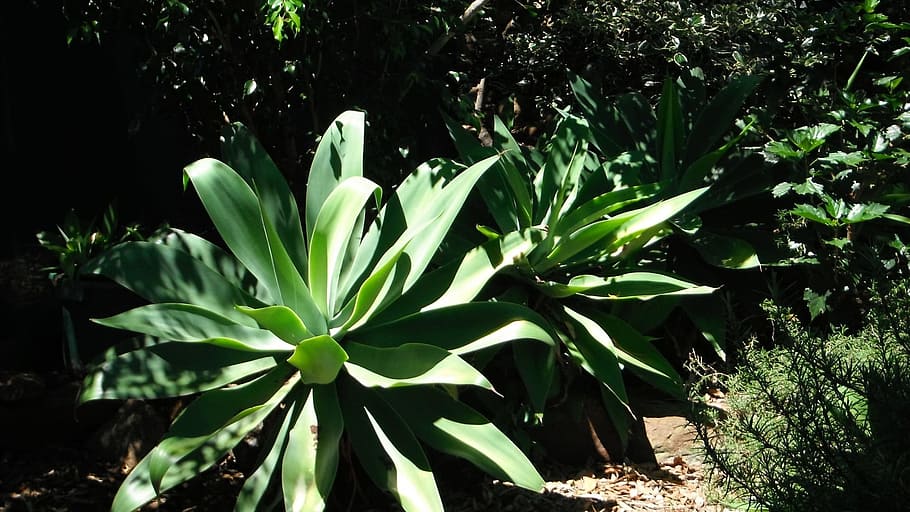Mastering Agave Growing Conditions
Agave is a succulent plant that belongs to the Agavaceae family. It is native to arid and semi-arid regions of the Americas, particularly Mexico, but has been introduced to other parts of the world due to its importance in various industries. The plant has a rosette structure and can grow up to 10 feet tall with a spread of 6-10 feet.
Definition of Agave
Agave is a genus of succulent plants that are characterized by their rosette structure, usually with spiny leaves, and their ability to store water for long periods. There are over 200 species of agave, which vary in size, shape, color, and texture. Most species have thick leaves that grow from a central stem or bulbous base.
Importance of Agave
Agaves are important plants with numerous uses in different industries such as food processing, alcoholic beverage production (e.g., tequila and mezcal), textile production, biofuel generation and medicinal purposes. In the food industry, agaves are used as sweeteners due to their high fructose content.
They are also used in making fermented products like beer or kombucha. In alcoholic beverage production (e.g., tequila), agaves’ sugars are extracted from the core by crushing them and then fermented using yeast.
In the textile production industry agaves produce fiber used for making rope or cloth products such as sisal rugs because they contain strong fibers which can be separated from the leaves mechanically. The medicinal properties contained within agave nectar have been identified to include antibacterial effects on common bacteria strains like Staphylococcus aureus along with wound healing properties making it useful for treating burns.
A brief overview of agave growing conditions
To thrive well agaves require specific growing conditions. Agaves are best grown in areas with dry and hot conditions, and well-draining soil that is suitable for succulent plants. The plant also requires plenty of sunlight, but some species can tolerate partial shade.
Too much water or exposure to freezing temperatures can cause damage to the plant, so care must be taken when growing agave in regions that experience cold weather. In the next section, we will delve further into the ideal climate and temperature requirements for agave plant growth.
Climate and Temperature Requirements
Ideal temperature range for agave growth
Agaves are succulent plants that grow best in warm, dry climates. While they can withstand a wide range of temperatures, the ideal temperature range for agave growth is between 60°F to 85°F (15.5°C to 29.4°C).
These temperatures are optimal during the day when the plant is photosynthesizing but can dip down to as low as 50°F (10°C) during the night. It’s important to note that agaves require a consistent temperature for optimal growth.
Sudden drops in temperature can cause stress on the plant and lead to stunted growth or death. In areas where temperatures vary greatly throughout the day or season, it’s essential to provide shade and protection from extreme weather conditions.
Agave’s tolerance to extreme temperatures
One of the unique features of agaves is their ability to tolerate extreme temperatures, both hot and cold. These plants can survive in environments with high daytime temperatures up to 120°F (49°C), making them well adapted for arid regions.
However, while they can tolerate heat, agaves are not invincible against freezing temperatures. Prolonged exposure below 20°F (-6°C) can damage or kill an agave plant, especially if combined with moisture or frost.
Effect of Climate on agave growth
The climate has a significant impact on agave growth and development. The amount of rainfall, length of growing season, humidity levels, and sunlight exposure all play vital roles in shaping an agave’s life cycle. For example, too much rain can encourage root rot or fungal diseases that affect plant health adversely.
Lack of water may also stunt growth or inhibit reproduction altogether- since flowering requires substantial energy input from leaves which only occurs when the plant has sufficient water and nutrients. High humidity levels can lead to a buildup of moisture on the leaves, making them vulnerable to fungal or bacterial infections.
On the other hand, low humidity levels can cause dehydration and stress on the plant. Agaves thrive in warm, dry climates with consistent temperatures and minimal rainfall.
The plants are well adapted to withstand extreme heat but require protection from freezing temperatures. Understanding a region’s climate is essential for successful agave cultivation and harvesting.
Soil and Water Requirements

Soil type suitable for agave growth
The type of soil required for agave growth is well-draining, with good aeration. This allows the roots to breathe and prevents waterlogging, which can lead to root rot. Agaves are adapted to grow in poor soils with low fertility levels, but they require a soil pH of 6.0 to 7.5 for optimal growth.
Agaves grow best in sandy or sandy loam soils, as they provide good drainage and are easier for the plant’s roots to penetrate. The ideal soil texture should allow water and air to move freely through it while retaining some moisture during dry periods.
Drainage requirements for agave plants
Agaves grow best when planted in soil with excellent drainage. Poorly drained soils can cause root rot, leading to the death of the plant. It is essential to ensure the soil is well-drained before planting an agave in any location.
To improve drainage, you can add organic matter such as compost or peat moss into the planting hole or bed before planting. Raised beds can also be used if the site has poor drainage.
Watering frequency and quantity needed for optimal growth
Agaves are drought-tolerant plants that require little water once established. However, regular watering is necessary during their initial establishment period or when grown in containers.
The frequency of watering depends on factors such as temperature, humidity, and rainfall patterns in your area. In hot and dry regions, watering once a week may be sufficient while in cooler regions; less frequent watering may be necessary.
When watering agaves, it’s important not to overwater them as this reduces oxygen supply around their roots leading to root rot; instead aim for deep watering when there is a drought period so that the water penetrates to deeper levels of the soil. It’s also important to avoid watering the agave’s foliage as this can encourage fungal growth and disease development.
Sunlight Requirements
Ideal sunlight exposure for agaves
Agaves are sun-loving plants and require plenty of direct sunlight to thrive. The ideal amount of sunlight varies based on the species, but most agaves require 6-8 hours of direct sunlight per day to grow properly. In their natural habitat, agaves grow in regions with high levels of solar radiation, such as deserts and semi-arid areas.
When it comes to planting agaves, choosing a sunny spot with little shade from nearby trees or buildings is essential. If you’re growing agave indoors or in an area with limited sunlight, consider using artificial light sources like grow lights to supplement the plant’s needs.
Effects of too much or too little sunlight on the plant
While agaves thrive in full sun, they can also suffer from overexposure. Too much sun can cause leaf burn and desiccation, leading to stunted growth and eventual death of the plant.
Additionally, prolonged exposure to intense UV radiation can damage chlorophyll molecules within the leaves, reducing the plant’s ability to photosynthesize. On the other hand, insufficient sunlight can also harm your agave plants.
Low light levels may lead to weak stems and poor growth habits. The leaves may also become pale or yellowish-green due to chlorophyll deficiency.
It is crucial for growers to strike a balance between too much and too little sunlight for optimal growth conditions. Experts recommend providing shade during peak hours if your area has very high heat levels during midday hours or providing supplemental light indoors if necessary.
Nutrient Requirements
Agaves are grown mainly for their high-quality sap, which is used in the production of alcoholic beverages such as tequila and mezcal. As such, they require a good balance of nutrients to produce high yields of sap and remain healthy throughout their growth cycle. The nutrient needs of agaves vary depending on the location and soil type in which they are grown.
Types of Nutrients Required by Agaves
Agaves require a variety of nutrients to grow properly. The primary macronutrients required by agaves for optimal growth are nitrogen (N), phosphorus (P), and potassium (K). Nitrogen is essential for plant growth and helps to produce chlorophyll, the green pigment that gives leaves their color.
Phosphorus is required for root development, while potassium helps to regulate water movement within the plant. In addition to these primary macronutrients, agaves also require secondary macronutrients such as calcium (Ca), magnesium (Mg), and sulfur (S).
Calcium is important for cell wall development and helps to prevent diseases caused by nutrient deficiencies. Magnesium plays an important role in photosynthesis, while sulfur helps to build proteins and enzymes within the plant.
Fertilization Techniques to Provide Necessary Nutrients
To ensure optimal growth, it’s essential to provide agave plants with a balanced fertilizer that contains all necessary nutrients in appropriate quantities. Fertilizers can be applied either through top dressing or incorporation into the soil during planting. One common technique used for fertilizing agave plants is foliar feeding.
This involves spraying a liquid fertilizer directly onto the leaves of the plant. Foliar feeding allows for faster absorption of nutrients into the plant because they don’t have to pass through soil first.
Another technique used for fertilizing agave plants is slow-release fertilization. Slow-release fertilizers are specially formulated to release nutrients over a longer period, reducing the frequency of applications needed.
This technique is particularly useful in remote locations where frequent application of fertilizers may not be possible. Overall, providing agave plants with a well-balanced fertilizer program will ensure optimal growth and yield, leading to healthy and productive plants.
Pests and Diseases Management
Common Pests that Attack Agaves
Agave plants are susceptible to various pests, which can affect their growth and yield. Some of the common pests that attack agaves include the agave snout weevil, spider mites, scale insects, and mealybugs. The agave snout weevil is most destructive as it burrows into the plant’s core and lays its eggs, leading to rotting and eventual death of the plant.
Spider mites are also a significant problem for agaves as they suck sap from the leaves, causing them to turn yellow or brown. Scale insects and mealybugs cause similar damage by feeding on leaves’ sap.
Measures to Prevent Pest Infestations in the Field or Garden
Preventing pest infestations is better than trying to control them after they have attacked your plants. Several measures can help you prevent pest infestations in your field or garden as follows:
– Regular monitoring of plants for signs of pests – Isolating infected plants from healthy ones
– Maintaining good hygiene practices in your field or garden – Using organic pesticides such as neem oil or soap sprays
Diseases that Affect the Plant, their Symptoms, and Control Measures
Agave plants are also susceptible to various diseases caused by fungi, bacteria, viruses, and other pathogens. Some common diseases that affect agave plants include root rot, leaf spots, and bacterial soft rot disease among others. Symptoms of these diseases vary depending on their cause but may include wilting leaves with yellowing margins or brown spots on leaves.
Control measures depend on the specific disease affecting your plant. For example:
– For root rot: remove affected roots & maintain good drainage conditions – For leaf spot diseases: prune infected leaves & ensure good hygiene in your garden
– For bacterial soft rot: remove the affected parts of the plant and use copper-based fungicides Regular monitoring of your plants for signs of pests and diseases is essential in maintaining healthy agave plants.
Combining good field or garden hygiene, isolation measures, and organic pesticides will prevent most pests’ infestations. When diseases attack, it’s best to take immediate measures to stop their spread and minimize the overall damage to your crop.
Harvesting Techniques and Timing
Maturity signs that indicate readiness for harvest
Agave plants can take between 7 to 15 years to mature, depending on the species and growing conditions. It’s essential to know when the plant is ready for harvest because if you wait too long, the plant will start flowering, and the sap will change in flavor composition. The most reliable maturity sign is when the agave plant starts producing a central stalk or quiote.
This indicates that the agave has completed its life cycle and is focused on reproducing. At this point, it’s time for harvest.
Another maturity sign to look out for is the size of the rosette (the leaves). When they reach their maximum size but don’t grow further, it means that energy reserves have been depleted in preparation for producing offspring, making it safe to cut down at this stage.
Methods used in harvesting matured Agaves
After determining that an agave plant has reached maturity, it’s time to harvest it. There are multiple ways of doing so depending on factors such as geography, culture and intended use. The most common methods are by hand using machetes or axes or with a mechanical harvester.
Hand-harvesting is labor-intensive but effective since skilled workers can strip away all leaves carefully without damaging the heart which contains juicy sap used in making tequila or mezcal. Mechanical harvesting involves using a large machine equipped with sharp blades which cut down whole rows of plants simultaneously without causing much damage except possibly uprooting some of them from soil attachment points at ground level.
Conclusion
Agaves have become increasingly popular as more people begin to appreciate their beauty and versatility both as ornamental plants and agricultural crops for food products like agave syrup, tequila, or mezcal production. With proper care and management, agaves can thrive in a wide range of climatic and soil conditions.
Knowing how to harvest them is essential since it determines the quality of the products derived from them. As such, understanding the maturity signs and methods used in harvesting matured agaves is crucial for farmers, distillers, and enthusiasts alike.

